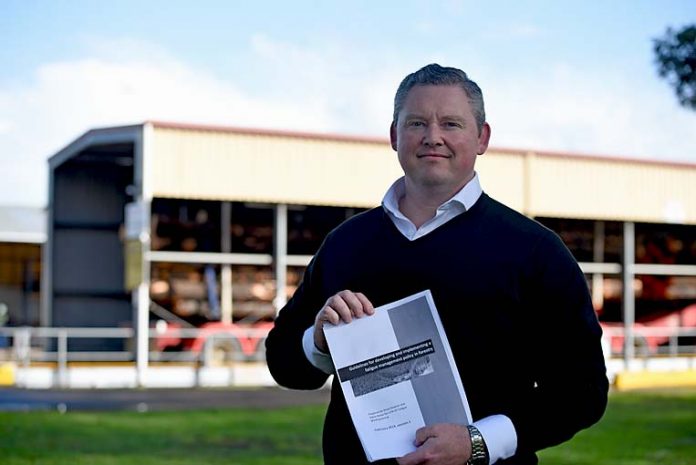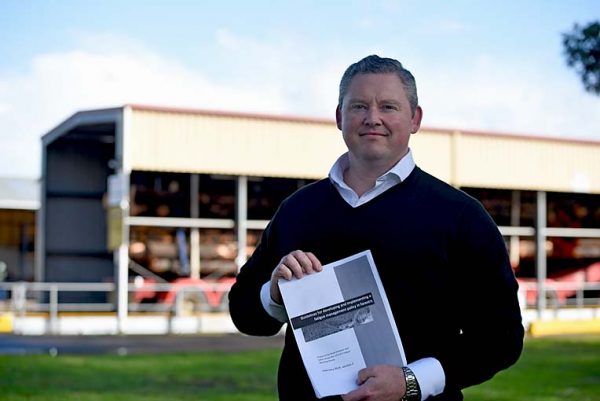

THE regional forestry industry has finalised a suite of fatigue management guidelines to minimise workplace injuries and deaths across the sector.
These guidelines were triggered by a tragic road accident that claimed the lives of four young forestry workers near Penola in November 2016.
The guidelines – which have now been endorsed by the Green Triangle forestry sector and the industry’s safety watchdog – is a first for Australia.
The new fatigue framework also follows several fatigue-related road deaths in the regional forestry sector in the past 10 years.
While these guidelines are not mandatory, it is understood SafeWork SA will use them as a benchmark.
Fatigue guidelines working group representative Adam Bowe said the guidelines were developed in collaboration with an expert in fatigue management.
“The aim of the group was to develop best practise fatigue guidance material for the forestry industry,” Mr Bowe said.
“We aimed to positively shift the fatigue management culture in the industry and our work was funded through industry contributions.”
Mr Bowe said the working group had representation from SafeWork SA, forest grower companies, timber processors and forestry contractors.
“We engaged in extensive industry risk profiling and consultation with contracting companies and forest growers over the past 12 months,” Mr Bowe said.
He said the “guidance material” had been finalised and endorsed by the working group.
“We are happy to report that Green Triangle groups have already started to adopt and implement the guideline requirements and that interest has been shown from other forestry regions in Australia,” Mr Bowe said.
“Examples of fatigue self-reporting and more open discussion of fatigue are on the rise with many workers reporting a positive impact on their health and lives away from work.”
The guidelines aim to not only assist companies in monitoring and managing fatigue, but also provide a sound risk assessment process for businesses.
The guidance material includes case studies and templates, explaining what fatigue is and the factors that contributes to it.
The material was developed by the Green Triangle Logging Investigation and Training Association (LITA) Fatigue Working Group in collaboration with Professor Drew Dawson.
Professor Dawson is the director of the Appleton Institute at Central Queensland University and has spent the past 20 years studying the effects of shift work and fatigue, the impacts of accidents and injuries.
For the past 18 months the work group developed specific guidelines in collaboration with Prof Dawson.
The broad industry fatigue management process was also supported by the Australian Forest Products Association (AFPA) and the Australian Forest Contractors Association (AFCA) which provided “momentum to the drive.”
AFPA SA branch manager Leon Rademeyer said the new guidelines had “the potential of redefining fatigue management practices” in the forestry industry.
“AFPA and AFCA launched their ‘Safe & Skilled initiative’ in September last year to raise awareness and enhance the safety of employees in Australia’s forest industries,” he said.
“Safe & Skilled focuses on essential training standards and commitments to enhance safety in forestry operations and the new fatigue guidelines should go a long way in supporting this goal.”
LITA will soon offer two accredited training units supporting fatigue risk management. The units will equip users in developing and implementing their own fatigue management policies.







